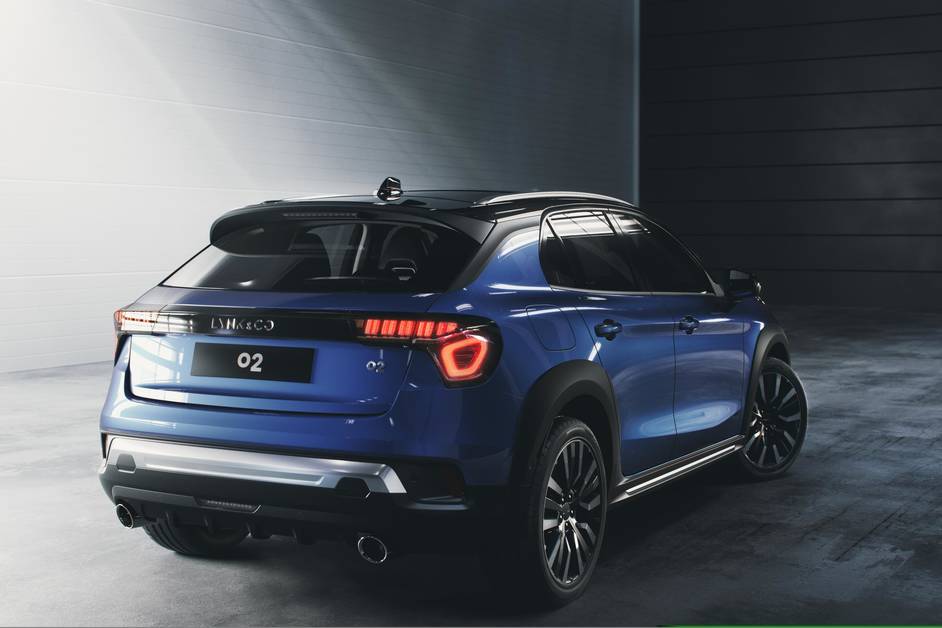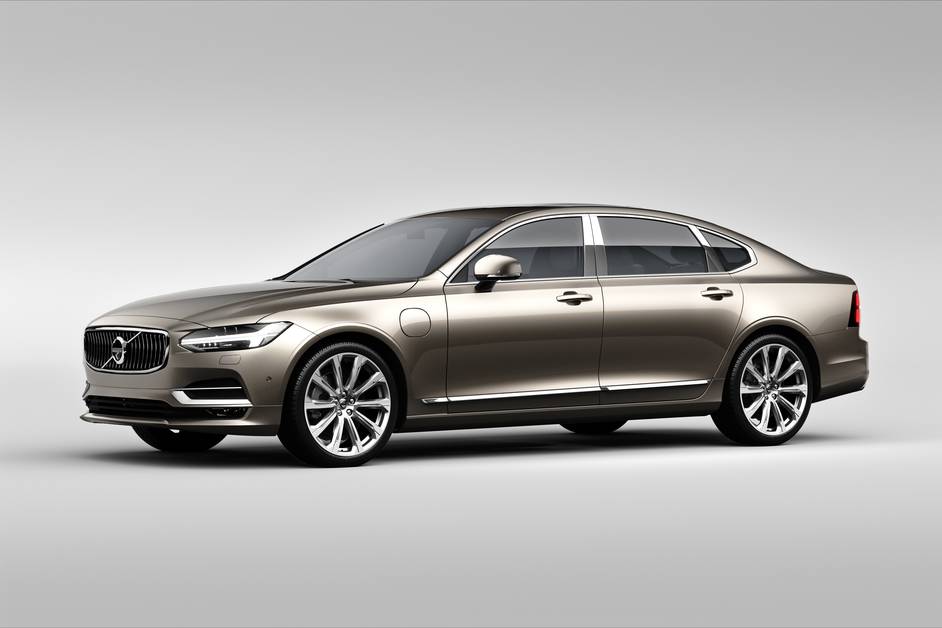Are Chinese Cars Coming Back to Singapore?
COE prices are currently hovering around the mid $20,000 to $30,000 range. The last time this happened, during the mid 2000s, we saw a huge demand for cars at the lower end of the budget range. Economical favourites like the Mitsubishi Lancer and Hyundai Avante, and compact runabouts like the Perodua Kelisa and Kia Picanto found many homes as buyers took advantage of the affordable prices.

COE prices are currently hovering around the mid $20,000 to $30,000 range. The last time this happened, during the mid 2000s, we saw a huge demand for cars at the lower end of the budget range. Economical favourites like the Mitsubishi Lancer and Hyundai Avante, and compact runabouts like the Perodua Kelisa and Kia Picanto found many homes as buyers took advantage of the affordable prices.
Another consequence of the lower car prices was the emergence of Chinese car brands in Singapore, as brands like Chery and Geely offered motoring on the cheap for those looking for a car with no frills and no fuss.
But as COE premiums rose again towards the end of the decade, the viability of Chinese cars began to evaporate, as buyers saw little value in forking out close to a hundred thousand dollars for cars that were barely competitive in the market as compared to the fast improving Koreans.
It’s now been well over a decade since those days, and much has changed. With COE prices now back to relatively affordable levels (for now anyway), will we be seeing Chinese cars back on our roads soon? We take a look at the arguments for and against the return of the Chinese.

Like it or not, Singapore is a brand-conscious society, and image is everything. When the Chinese brands were last here, they garnered a reputation for being cheap. Driving a Chery QQ simply told others that you had no money to buy anything better. It was a sign of desperation, that you were willing to throw away all semblance of dignity just to have a set of wheels.
It didn’t help that the products offered back then were indeed rather nasty. They were poorly built, unreliable, and equipped with few creature comforts. It certainly didn’t do their reputation any favours, and exacerbated that feeling of making you feel like you have to suffer for having the misfortune of being poor.
It is pretty telling that Chinese cars have all but disappeared from our roads, over a decade since they first emerged. Very few would see the value of extending the lifespan of a car that offers nothing more than four wheels and a wheezy engine, so many of them ended up disposable once their COE expired, or even well before.
Unfortunately, the stigma of Chinese cars remains even after all these years, but is it one that they deserve?
You don’t need to be a rocket scientist to know that the China of a decade ago is a vastly different monster from the China of today. Such is their remarkable rate of progress, one could almost think that they are a completely different country.

Fifteen years ago, there was no Alibaba (owners of Taobao and Alipay, among other tech innovations), there was no Tencent (WeChat, Weibo), there was no Baidu, there was no Huawei or Xiaomi. These days, they are mentioned in the same breath as Western contemporaries like Apple, Google and Amazon. Such has been the rise of the Chinese powers, it won’t be long before they are an everyday part of our lives. For some of us, they already are.

It’s very much the same with the Chinese car industry of today too. The Cherys and Geelys of today are a far cry of the products offered when these companies first started out. Having spent years doing their research and development, and learning from their counterparts in Europe, Japan and Korea, Chinese cars have improved in tremendous leaps and bounds. If you ever get the chance to visit China these days, drop by a showroom and prepare to be shocked.
In some ways, they have even surpassed the standards of Western markets. China is leading a huge push towards eco-mobility, and encouraging the development of green cars. The result is that there are now over 500 manufacturers of electric vehicles in China alone, capable of building 20 million EVs annually. Not all of them will survive long term of course, but those that last the course will end up with products that will vastly improve the breed, for the betterment of our industry and overall EV development.

Along the way, these companies have been given carte blanche to come up with innovations to help them stand out in a ridiculously competitive marketplace. Geely-owned Lynk & Co, for one, offers a unique subscription model, where one can sign up for a monthly plan to drive off with one of their cars, in much the same way you would sign up for a mobile phone line, something that is designed to appeal to the millennial generation of today. Meanwhile, the Xiaopeng G3 is an electric compact SUV that comes with remote control parking, something that only premium manufacturers like BMW and Audi are only beginning to introduce.

The Chinese automotive tentacles have even reached out to other parts of the automotive world. The most obvious example has to be Geely, which has bolstered its global reputation by taking ownership of Volvo, and have significant stakes in Proton and Lotus. Many Chinese carmakers have partnerships and joint ventures with foreign manufacturers (a requirement for carmakers if they want to produce cars in China), so it’s inevitable that there will be some degree of technology and knowledge transfer in the process.

Chinese cars offer a much greater value proposition than before, and while there are currently no distributors who plan to bring in any Chinese brands again, don’t be surprised to see them on our roads in the near future. In fact, we already have seen the emergence of the Chinese back here, with Volvo announcing that the S90 will now be imported from China. Resistance is futile, so best embrace the revolution.
Credits:

- Convenient and Hassle-Free
- Consumer Protection
Transparent Process
With No Obligation


Get the Best Price for your used car
from 500+ dealers in 24 hours








